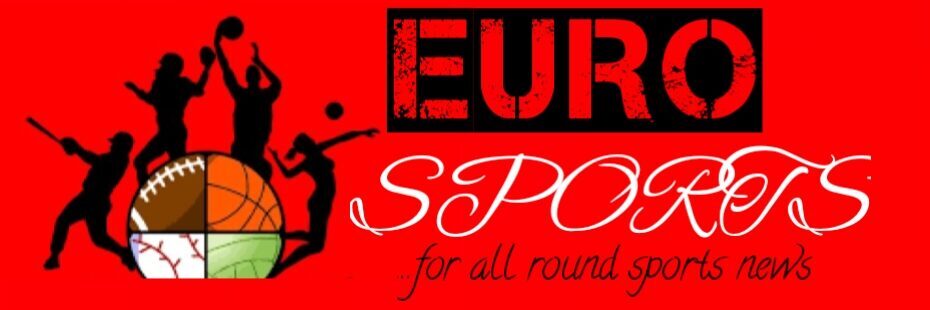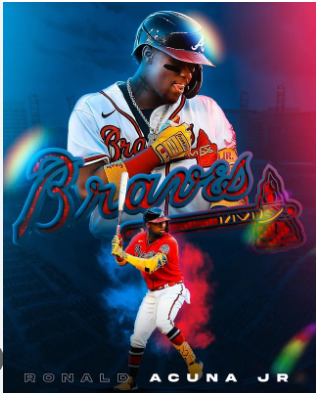Most of the major family ties in baseball you’ve probably heard of. They have a long history in the sport.
The Boones, the Alous, and the Guerreros are the final group, an apparently never-ending lineage of athletes who are observed hitting home runs in Dominican sandlots year after year.
However, one family unit stands above the rest. Five different families from a small, remote Venezuelan town that is so passionate about baseball and produces so many professional players that even the most ardent fans can no longer keep track.
Call me elderly pitcher Kelvim Escobar, who told me, “It’s amazing how many people in the family have signed professional contracts,” “Eight Major Leaguers, and I don’t know how many more have signed pro contracts.”
Ronald Acuña Jr. stated, “There are a lot,” via an interpreter. “It’s more than 60.”
“Well, I believe it’s about fifty-something, almost sixty, or so,” ex-shortstop José Escobar remarked via a translator. “From a town of just four streets. … It might be a Guinness record.”
The Town
Unusually for baseball, the story of the biggest family in the game starts in a little fishing village. La Sabana.
“Tierra de Peloteros,” as Kelvim Escobar refers to it. “Land of Ballplayers.”
The settlement, which has 3,000 residents, is one of seven in Vargas Municipality’s Caruao Parish. It is located along the Caribbean Sea, about northeast of Caracas, on Venezuela’s north central coast. The rural area is surrounded by mountains, making it difficult to access, and the next large city is around 1.5 hours’ drive away. The scout who discovered Acuña, Rolando Petit, told The Athletic about his 2018 visit to La Sabana.
According to Petit, “you used to have to drive an off-road vehicle or a 4-by-4.” “Now it’s improved. Even so, you will still need to go across mountains at a speed of 20 to 25 miles per hour to get there. Unless mudslides occur. Then there’s absolutely no way to get there.
You won’t want to leave once you’re inside, though.
Until and throughout his Minor League years, Kelvim Escobar made his home there. “We lived right on top of the beach, by the water,” he informed me. “It’s a beautiful town.”
José Escobar remarked, “We went to the beach and swam in the river.” “That’s what we did from Monday to Sunday.”
Crabbing, fishing, relaxing under the palm trees, and protecting young turtles appear to be some of the main activities in and near La Sabana.
But the most popular activity that children love and play for years and years? Baseball.
“As far as I can recall, we just played baseball,” Kelvim Escobar remarked. Even with just a stick and our bare hands, we lacked many tools for playing the game. Equipment is pricey, particularly for those of us who had nothing growing up.”
Children engaged in a popular game of stickball called “La pelotica de goma,” which is played in Venezuela but involves using your arm in place of a stick. Every day of the year, children were playing in the streets and schoolyards.
“It’s extraordinary,” Acuña exclaimed. “It’s fantastic because kids can be found playing ball anywhere in the town—on the courts, in the streets, at the beach, and even at school. Everyone there, in my opinion, has a deep love for the game, which is why so many ballplayers have come out of there.”
Naturally, there was also a baseball field. Just one. Oscar Santiago Escobar Stadium is a stadium nestled in the corner of the town’s Santa Cruz neighborhood.
Oscar was a well-known educator in the community and the father of Ángel Escobar, a prominent La Sabana native who is not connected to this family in any way.
The town’s professional athletes have contributed money throughout the years to aid in stadium upgrades. It still has peculiarities.
Next to the school, that is. Through an interpreter, Acuña’s stepfather and MLB training partner John Hawy stated, “You jump over the wall, and you’re in the school.” “The center field is built in the shape of a V because behind it is the cemetery, and they never gave up that space to finish the field.”
Escobar has vivid, happy memories of his early baseball career.
“My dad always scolded me because I would throw the ball against the wall all the time,” said Escobar. “At school, we worked two shifts. We would go outside at eleven and play baseball in the street from eleven to one. We would return, shower, and head back to school. We would leave at four in the afternoon, rehearse in the afternoon, and play at night. There was a great deal of passion. On the weekends, we played against other towns, and everyone always believed we were the greatest, a powerhouse. There was an immense affection for baseball back then.”
The Family – First Generation
There are an absurd number of fifty to sixty relatives from the town (or within a few hours of it), according to several family members and friends, who have professional contracts. A town of approximately three thousand people, if you remember. Eight family members played Major League Baseball, while some just played in the Minors or never played at all. These are shown below.
José Escobar Teams: CLE in 1991
Notable: Played in the Minor Leagues for 12 years, but only made 15 plate appearances in the Major Leagues, scoring three hits.
“I was born with a glove in my hand,” the 63-year-old claimed.
In 1991, following thirteen arduous seasons in the Minor Leagues, the infielder made his Major League debut with the Indians, tallying three hits in fifteen at-bats. After that, he never returned to the Major League. Nevertheless, he is aware of the influence he has had on his family members by paving the path to the major leagues.
I do make jokes about it sometimes, like ‘They owe me a lot since they followed me.'” I was the pioneer; I served as a model for others,” Escobar remarked. “I’m very proud, quite proud.”


